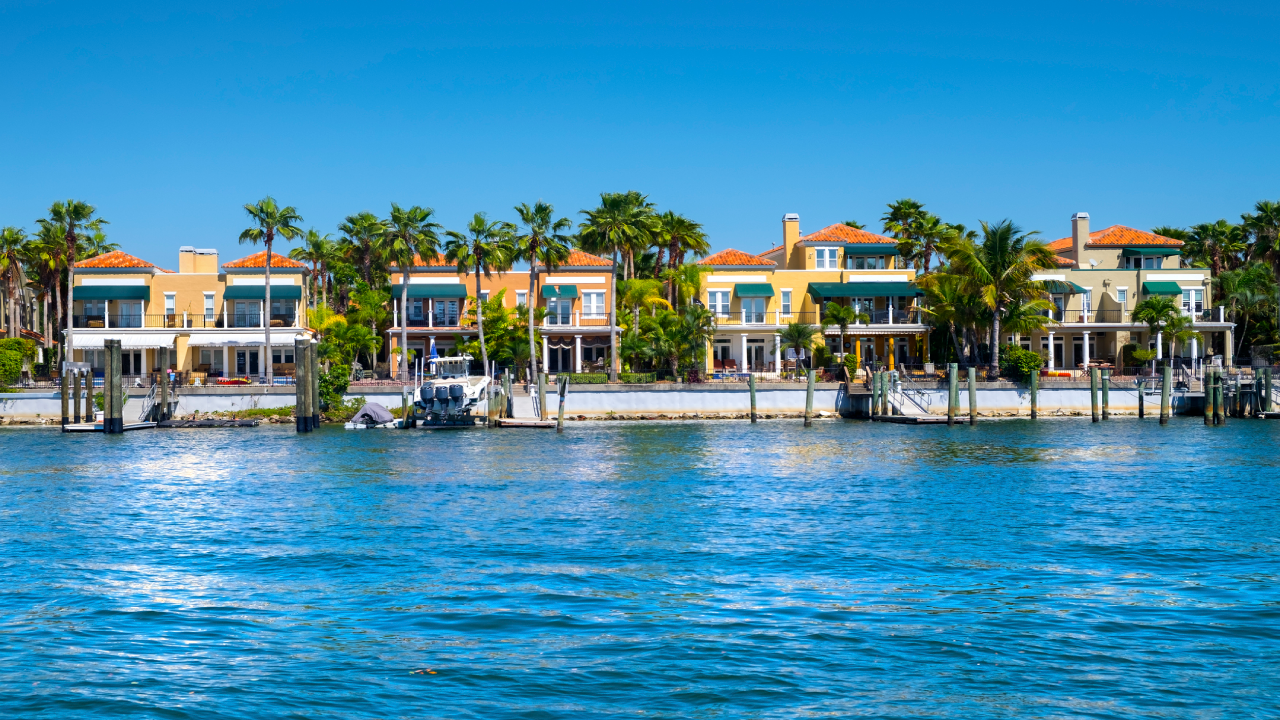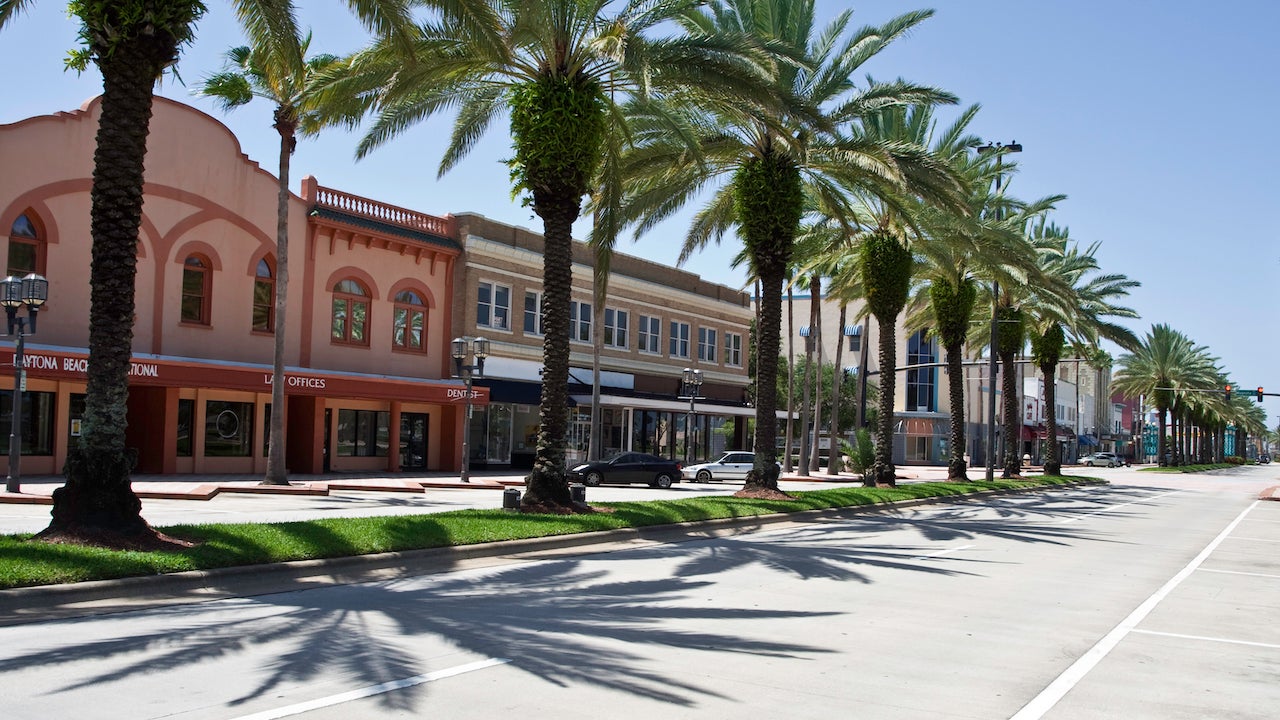Why Florida is Bankrate’s best state for retirement in 2022

When Kevin and Barbara Garrett were looking for a place to retire, they considered Southern California, Georgia and South Carolina. But the couple ultimately decided that Florida offered the ideal combination of warm weather and affordable housing.
“Florida just kept calling to me,” says Kevin Garrett, 64. “Florida was the hands-down winner.”
The Garretts moved from Idaho after they bought a place in 2021 in Latitude Margaritaville, an active-adult community in Daytona Beach. Florida has marketed itself as a retirement destination for a long time, and the state continues to attract retirees, even as its housing costs rise and its appeal shifts.
In 2021, Florida placed a close second in Bankrate’s best states to retire rankings. In 2022, Florida edged out Georgia, in part because we adjusted the way the states were evaluated. For 2022, Bankrate added racial diversity and each state’s LGBTQ population as part of its calculation, and Florida ranks high on both fronts.
Florida placed No. 1 in Bankrate’s culture and diversity ranking, a category that rewarded states for having a high share of residents age 65 and older and for a racially and ethnically diverse population.
For the Garretts, the retirement decision was mainly about proximity to the beach. Kevin enjoys swimming, diving and surfing, and he also plays on several softball teams. The couple had lived in Idaho for the past 17 years, and they were tired of long winters.
“Idaho is beautiful, but it comes with a big slice of cold,” Garrett says.

Florida’s pleasant winter weather is a draw, but the peninsula is also exposed to elevated occurrences of severe weather. It’s the U.S. state most vulnerable to hurricanes, and the Sunshine State experiences a higher frequency of tornadoes per 10,000 square miles than any other state, including the twister magnets of Oklahoma and Texas, according to the Florida Climate Center at Florida State University.
New arrivals can experience some sticker shock as a result: Florida homeowners insurance is expensive, particularly in coastal areas where property owners must buy separate windstorm policies.
Active-adult builders stay busy
Florida’s appeal as a retirement destination is reflected by the ongoing development of active-adult communities in the state. Latitude Margaritaville is one such neighborhood, but the national champ in the category remains The Villages, the over-55 development in Central Florida. The Villages tallied 4,004 home sales in 2021, ranking it No. 1 by a wide margin not just among active-adult communities but among all developments, according to John Burns Real Estate Consulting.
During the COVID-19 pandemic, Florida experienced a surge of in-migration by out-of-state arrivals of all ages. The state added nearly 243,000 residents from April 2020 to July 2021, according to the U.S. Census Bureau, second only to Texas.
“After the pandemic, everyone wanted to be outside, and Florida has that to the extreme,” says Lesley Deutch, managing principal at John Burns Real Estate Consulting’s Boca Raton office.

Florida’s population exploded in the decades after World War II in part because the state’s housing industry catered to bargain-minded retirees. These days, Florida is no longer the super-cheap place to live that it once was. It ranks 18th on Bankrate’s state-by-state affordability index.
Florida imposes no state income tax on residents, long a selling point. But there are property taxes, sales taxes and other levies. Florida ranks 11th on the Tax Foundation’s ranking of effective tax rates paid by residents.
The lack of an income tax is helping to drive wealth migration to Florida. The state saw an influx of new residents who brought in $23.7 billion in adjusted gross income during the first year of the coronavirus pandemic, according to a Wall Street Journal analysis of IRS data.
With so much wealth coming into the state, the popular image of Florida as a place where penny-pinching retirees go to early-bird dinners is fading.
“It attracts all different types of retirees – retirees who are looking for affordability, and retirees who are looking for ultra-luxury condos on the water,” Deutch says.
Florida’s statewide median home price was $417,000 in the second quarter of 2022, according to the Florida Realtors, but there’s significant variation across the state. The median price in Naples was $850,000. In Pensacola, it was $330,900.
While those prices are well below home values in California and New York, the state has experienced a price boom since the coronavirus pandemic.
Meanwhile, the influx of new residents renews old questions about Florida’s ability to absorb them all.
“All of those retirees come down and the prices go up,” Deutch says. “How do we support all this new growth?”






